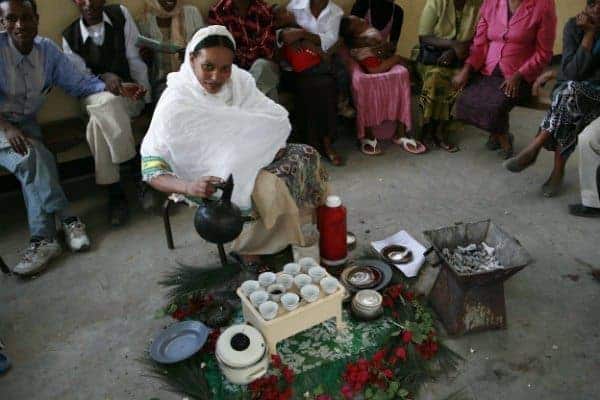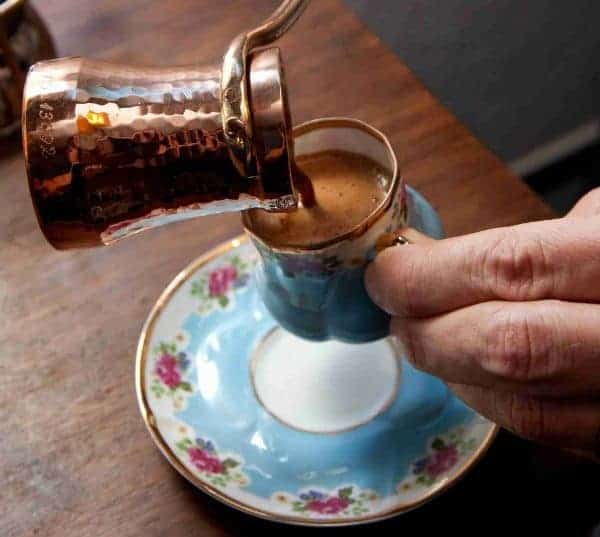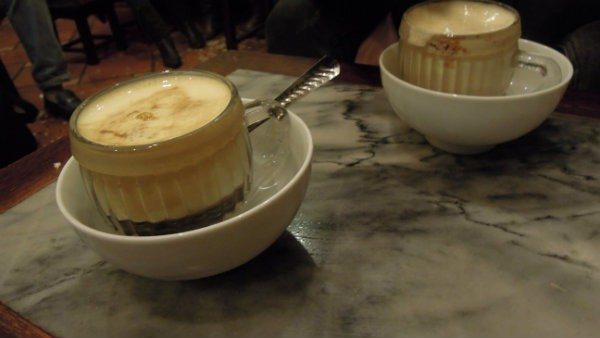Blog
3 Different Coffee Brewing Methods Across the World
What could be considered strange to you is normal to others in their culture and vice-versa for them. Today, you will learn about three different methods of brewing coffee that you’ve probably never heard of, yet, is a daily activity in these countries.
Coffee is arguably the most important beverage in the whole world. Ok, maybe not arguably, I don’t need to argue with anyone on how awesome a cup of coffee does for you to perk you up, get your day going and help you think clearly. The whole world seems to agree with this statement when 2.25 Billion cups, yes that’s a letter “B”, are consumed every single day (probably more on Mondays!).
Coffee is also registered as the second most valuably traded commodity in the entire world. The coffee trade has made enormous fortunes for the economies of Brazil, Vietnam, Ethiopia and Jamaica, along with other countries who count coffee as a big chunk of their nation’s output. Oh, if you’re still in an arguing mood with me on my earlier statement and exclaim that coffee is only the 2nd most valuably traded commodity and you demand to know what the most valuably traded commodity is. Well, unless you’re a car, a boat or an airplane, it won’t be considered a beverage because that commodity would be oil.
Now, given the worldwide acclaim and popularity of this beverage from the heavens you would think that everyone on the planet has a Mr. Coffee lying around to whip them up a nice cup of Joe. Well, if you think that way, then you really do need to get out and travel more. Coffee, just like cuisine, reflects the culture of each nation and the brewing methods also exhibit this uniqueness. Here are examples of brewing methods across the world.
Ethiopian Coffee Ceremony
Ethiopia is considered hallowed ground for coffee lovers the world over. Known as the birthplace of coffee, legend has it that coffee was accidentally discovered when some monks tried to eliminate offending berries that grew nearby. Serendipitously, they tossed the berries into the fire to satiate the gods and the gods returned their faith by releasing the aroma that we now long for every time we open ourselves a bag of coffee. The aroma made them want to taste this, just like how we are sometimes tempted to taste vanilla-flavored air fresheners, and so coffee as a drink was born.
It’s no wonder that in Ethiopia, the brewing of coffee is accompanied by a ceremony. Incense is burned and the dried green coffee beans are roasted over a brazier. The beans are then freshly ground up with a mortar and pestle and then added to a traditional pot called a jebena. The liquid is filtered with horse hair, for that trotting taste or with a piece of cloth. This is all done in a communal ceremony to celebrate the miracle that is coffee. “One grande jebena-ccino for Mykel! What’s that, sir? Oh we spelled your name wrong?”
“Turkish” Coffee
Notice that Turkish is in quotation marks because this method of brewing isn’t only done in Turkey but in countries that dot the Middle East, North Africa and the Balkans. But, considering that coffee was introduced to Europe because of the Turkish, it probably gives them the poetic license to call it as such. Then again, if you consider how the Turkish tried to get coffee into Europe, through warfare and a siege of Vienna that ended in defeat, maybe we can put the quotation marks back.
Turkish coffee starts off with the finest kind of ground coffee. The grind is so fine that it is often described to be “like dust”. The coffee is mixed with water, sometimes flavored with cardamom, and sugar in a long handled, tulip-shaped pot. This is brought to a boil over medium heat then left to stand for 30 seconds then repeat this process twice. The result is a coffee that is black and strong yet sweet that settles as sludge in the tiny coffee cups they are served in. Thinking about that just makes me want to fly to Istanbul and get me some Turkish coffee!
Scandinavian Egg Coffee
From the land of putrid smelling, near rotten, fermented fish brine comes egg coffee. Cleverly, since coffee is usually a breakfast drink, then why not combine them right? I mean no one complains when you put milk in cereal! But egg coffee is nothing near the acquired taste of the fish brine. It’s actually a pretty cool process that makes sense.
First, coarsely ground coffee is combined with an egg, complete with yolk and egg white. Mix these together well and add a few teaspoons of cold water to make the mixing easier. Once this comes out as a paste, pour this into a pot of boiling water, stir it well and immediately lower the heat to a simmer. In the 3 minutes that it simmers, you will notice the egg binding to the grounds, this process is known as flocculation. Remove the concoction and add more cold water to it to help the grounds clump up and minimize them getting into the final product. Pour the mix into a serving vessel like a pitcher or carafe but run it through a screen filter just to make sure. The result is a nice, clean coffee that you probably don’t need to add cream to. Enjoy!
Those are just some of the ways the world enjoys their coffee. Some like it in the spirit of community, others like it with a twist and others like it “Turkish”. Let us know if you want to know more about the coffees of the world and we will make another part to this. No matter where you are or how you prepare your coffee, relax and enjoy it everyone!








